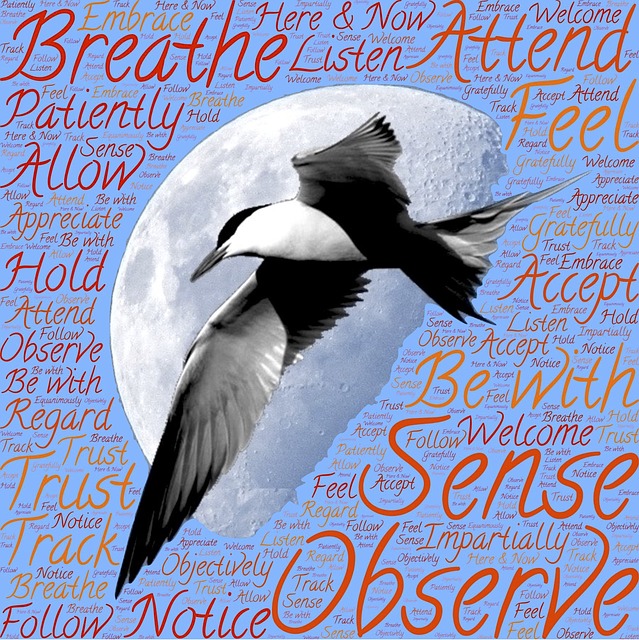I was reflecting recently about why I get upset and disappointed when my sporting team loses a match. I become annoyed when I perceive that the refereeing is biased (of course, this perception is strongly influenced by my own bias).
In part, I think that my emotional state is influenced by my expectations about how my team will, or should, perform. I do like to be on the winning side in sport!
On further reflection, I have come to think that the basic problem is one of identification – identifying closely with the team involved. So, their successes are my successes, their losses are mine also. I have a sense of pride when they win and a sense of embarrassment when they lose badly.
In some sense then, I am giving over control of my emotions to the vicissitudes and uncertainty of a sporting outcome over which I have no control. In other words, I am giving control of my emotions to some external event, rather than retaining my own inner, emotional control.
What I find is that through this strong identification, and the strong associated feelings, my calmness is replaced by agitation. Instead of enjoying the sport as a form of entertainment and relaxation, I become stressed and annoyed.
However, the path to real happiness lies in self-awareness and self-management, not abrogating responsibility for self-control to some external event or the performance of a sporting team.
Reducing identification and loss of control over emotions
How do you reduce the identification with a sporting team if this identification often leaves you upset or, occasionally, on a high? To me, the starting point is to recognise the level of identification involved and what “rewards” come with this identification. It means naming the feelings involved and choosing to take back control by reducing my level of identification with the team.
Sometimes, it is as if identification with a sporting team is a way to fill an emotional void – to attempt to replace disappointment and frustration with elation and happiness. However, the reverse can happen so that disappointment and frustration only deepen in the event of a loss by the team.
As we grow in mindfulness through meditation on our emotional responses in these situations, we can gain the necessary insight and self-awareness to reduce the power of identification and take back control of our emotions through self-management.
By Ron Passfield – Copyright (Creative Commons license, Attribution–Non Commercial–No Derivatives)
Image source: courtesy of JakeWilliamHeckey on Pixabay
Disclosure: If you purchase a product through this site, I may earn a commission which will help to pay for the site, the associated Meetup group and the resources to support the blog.







